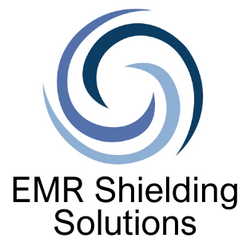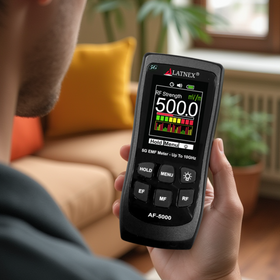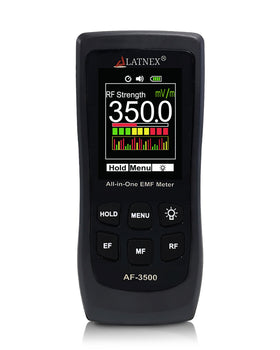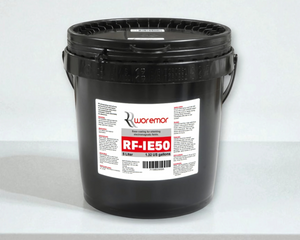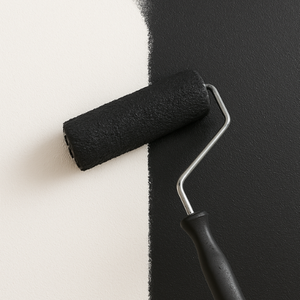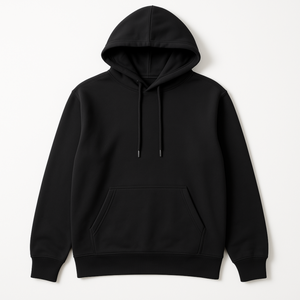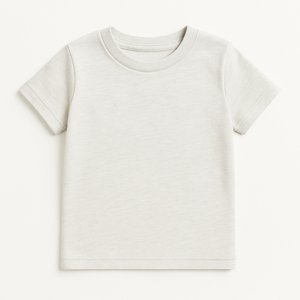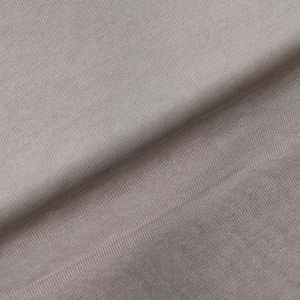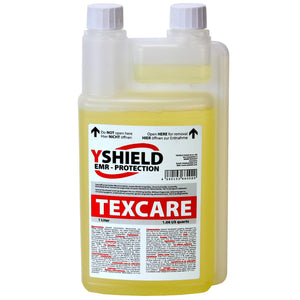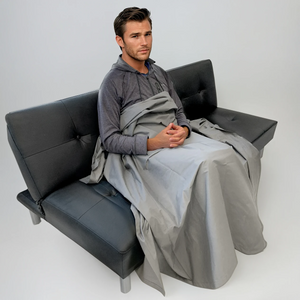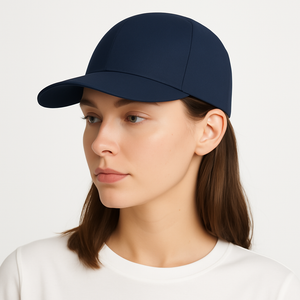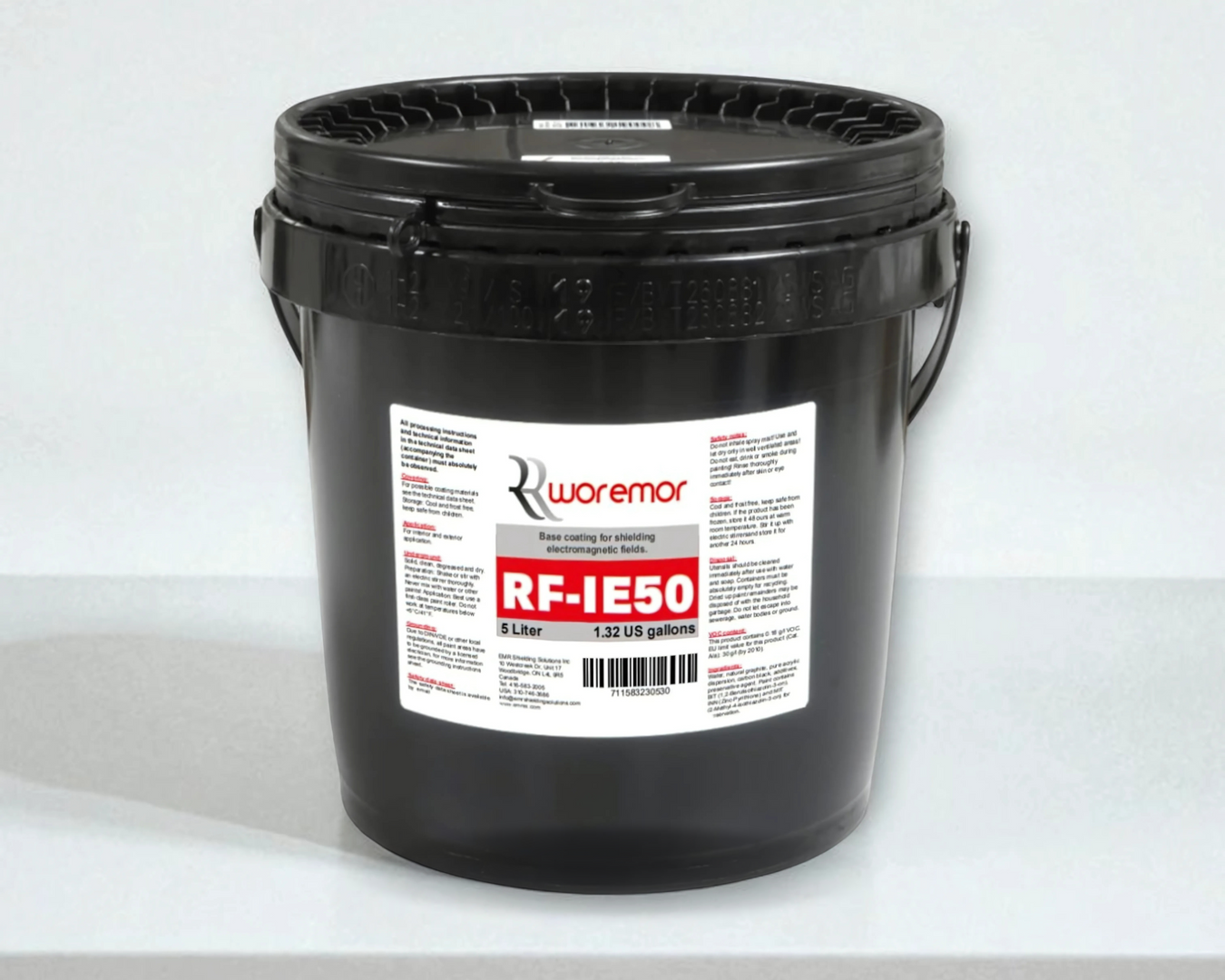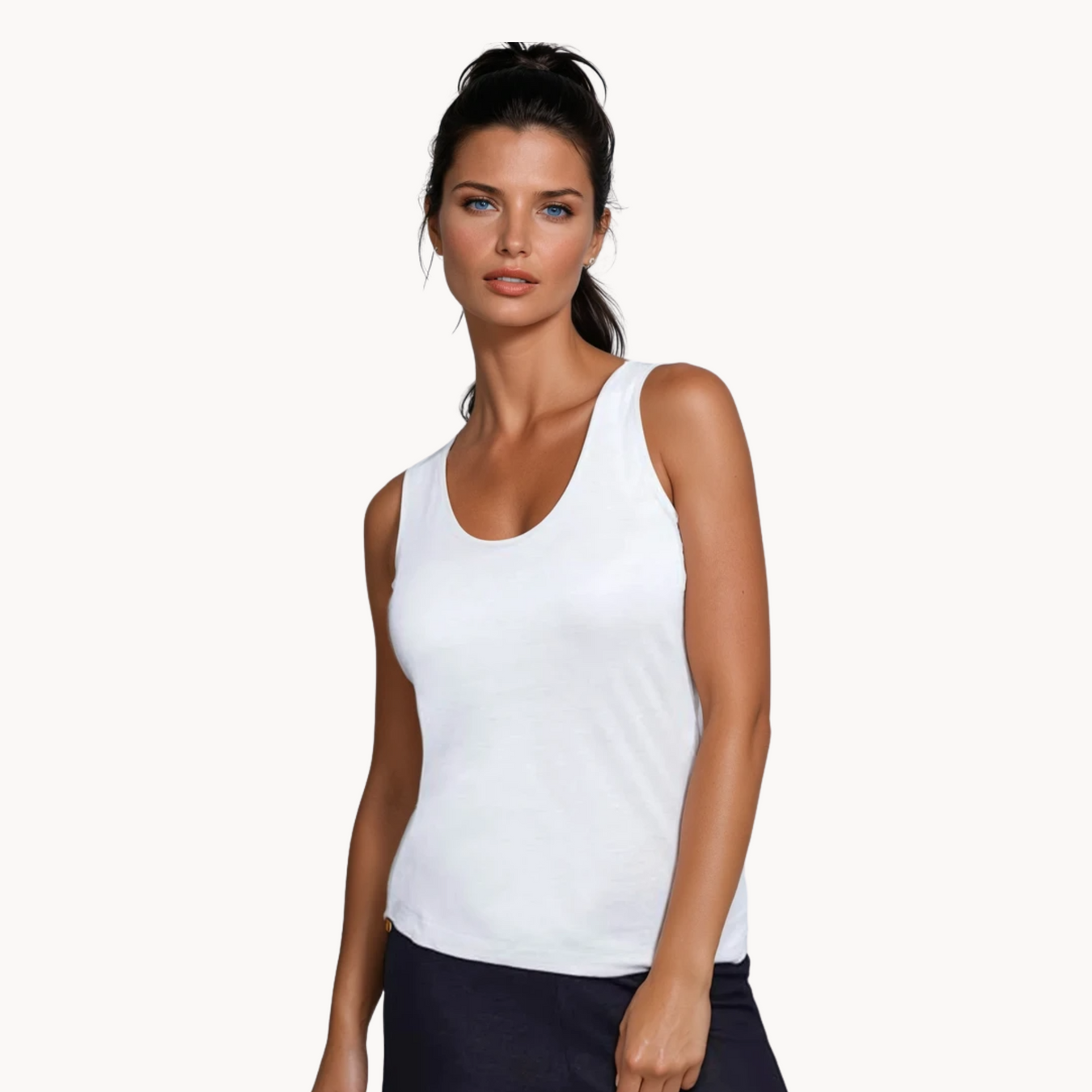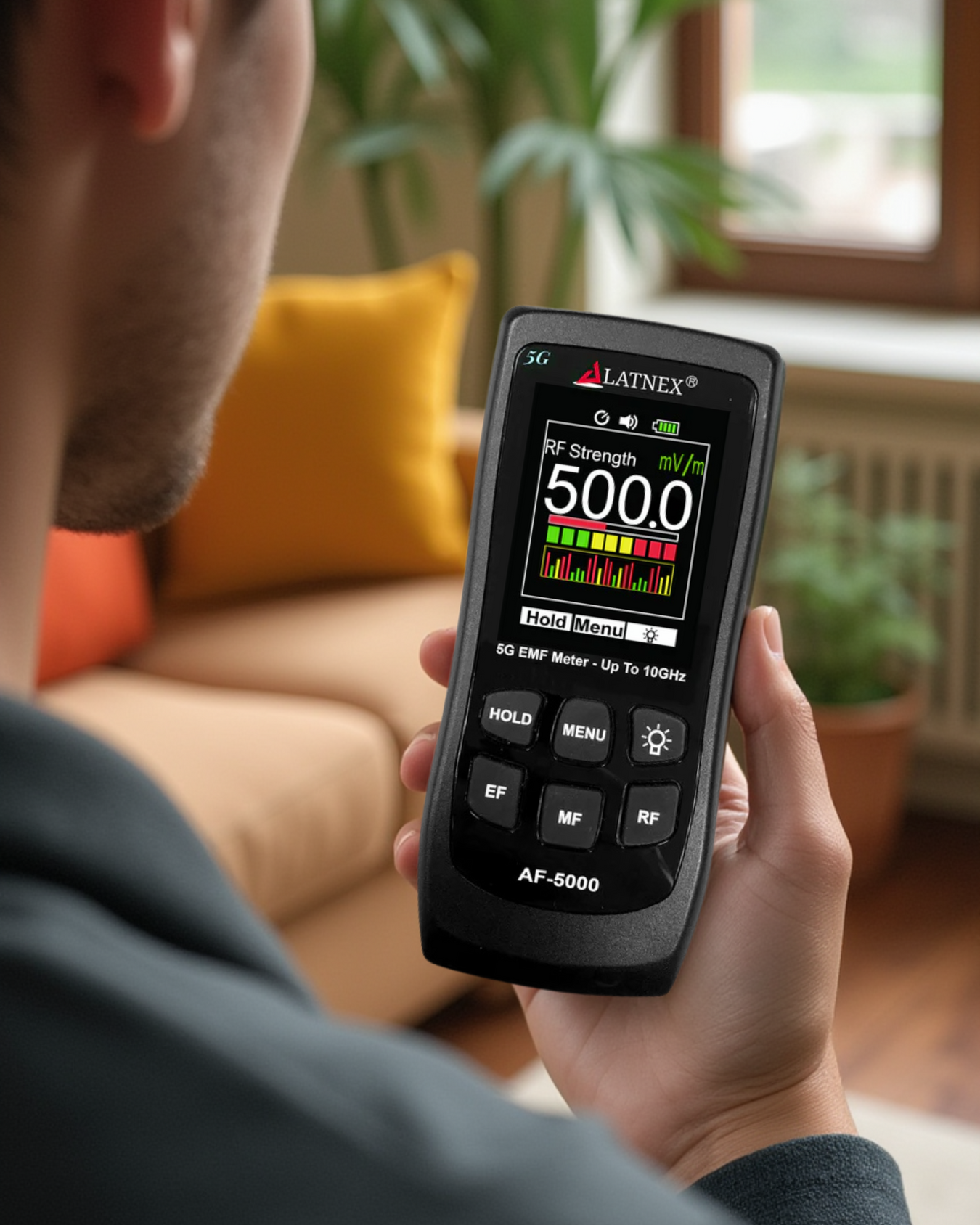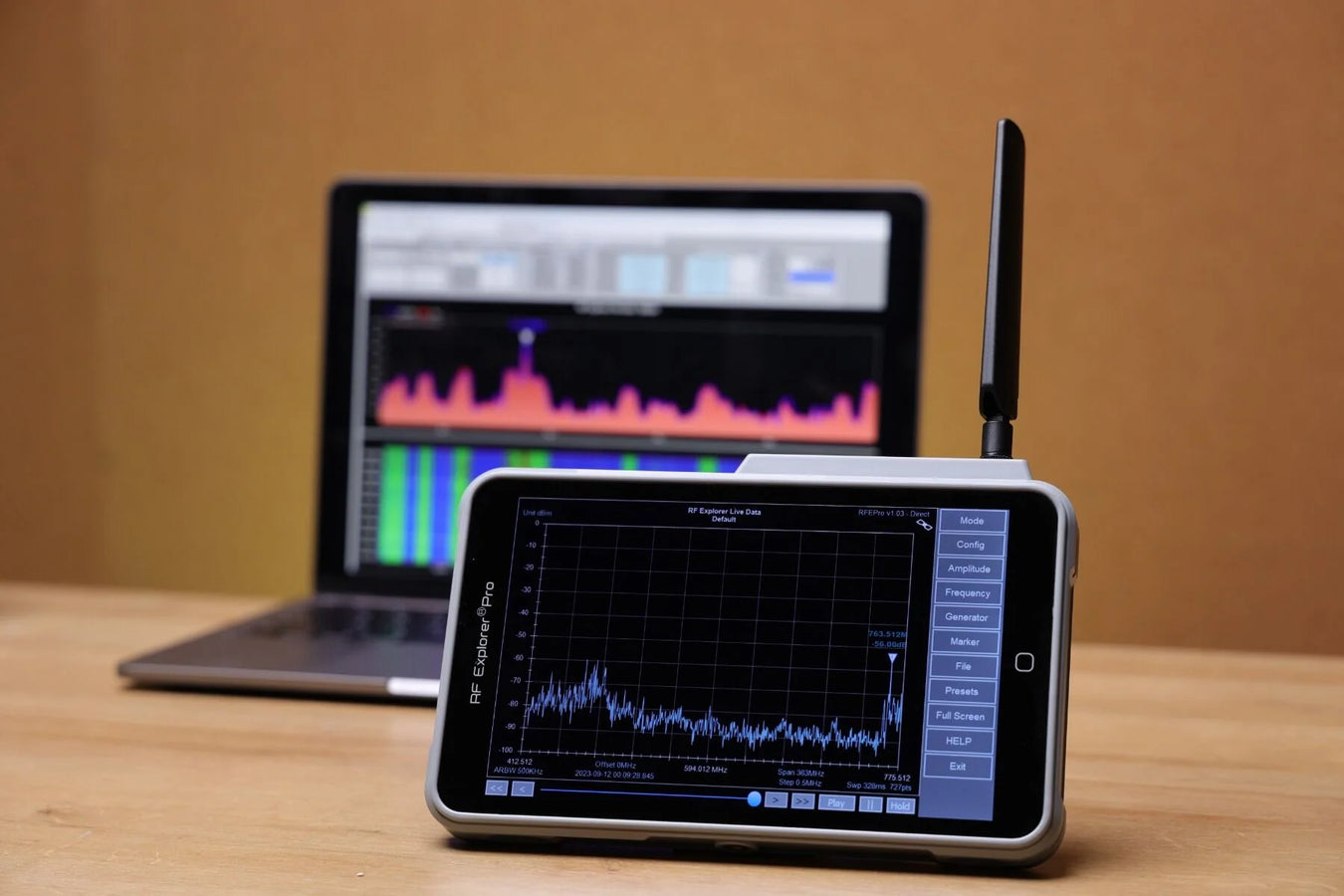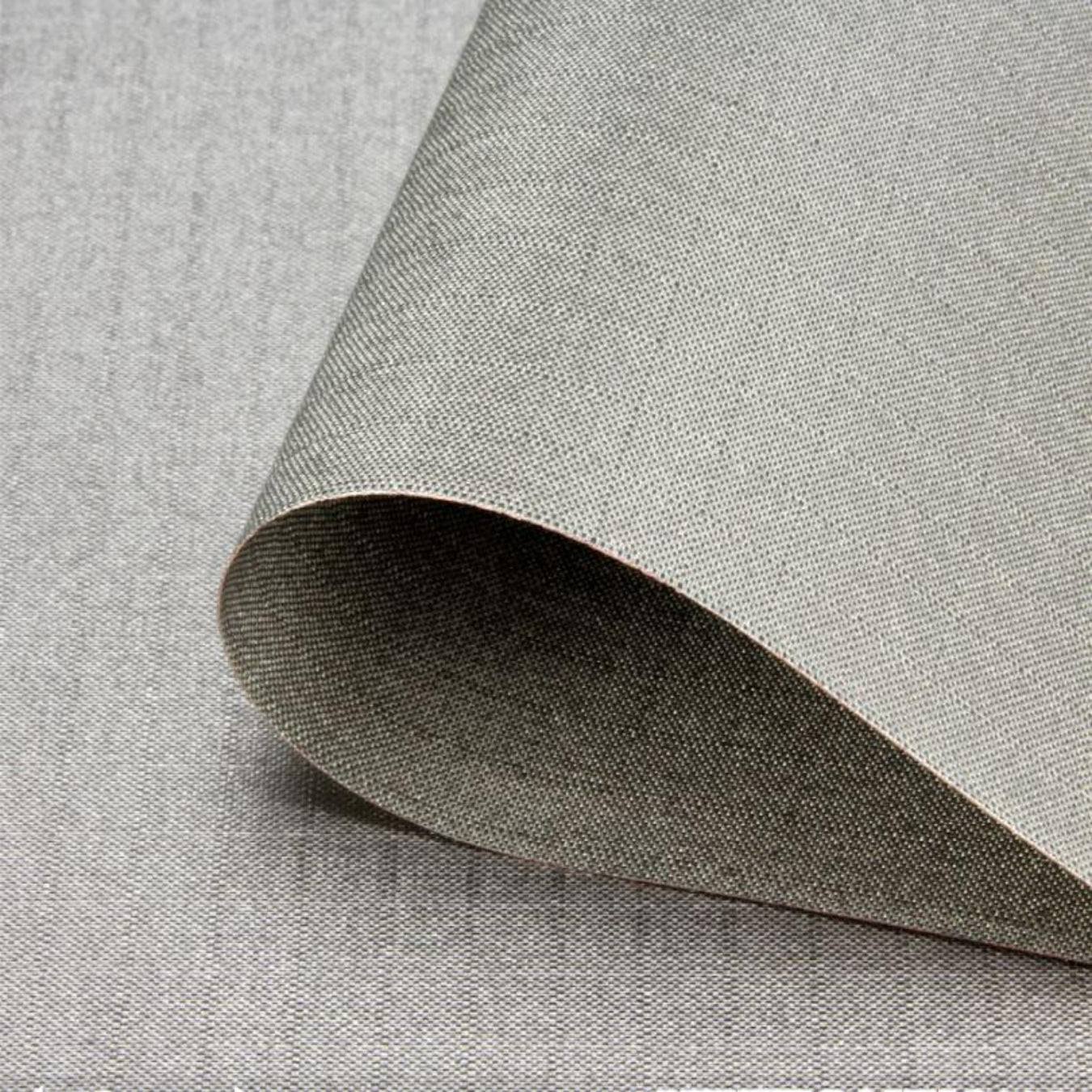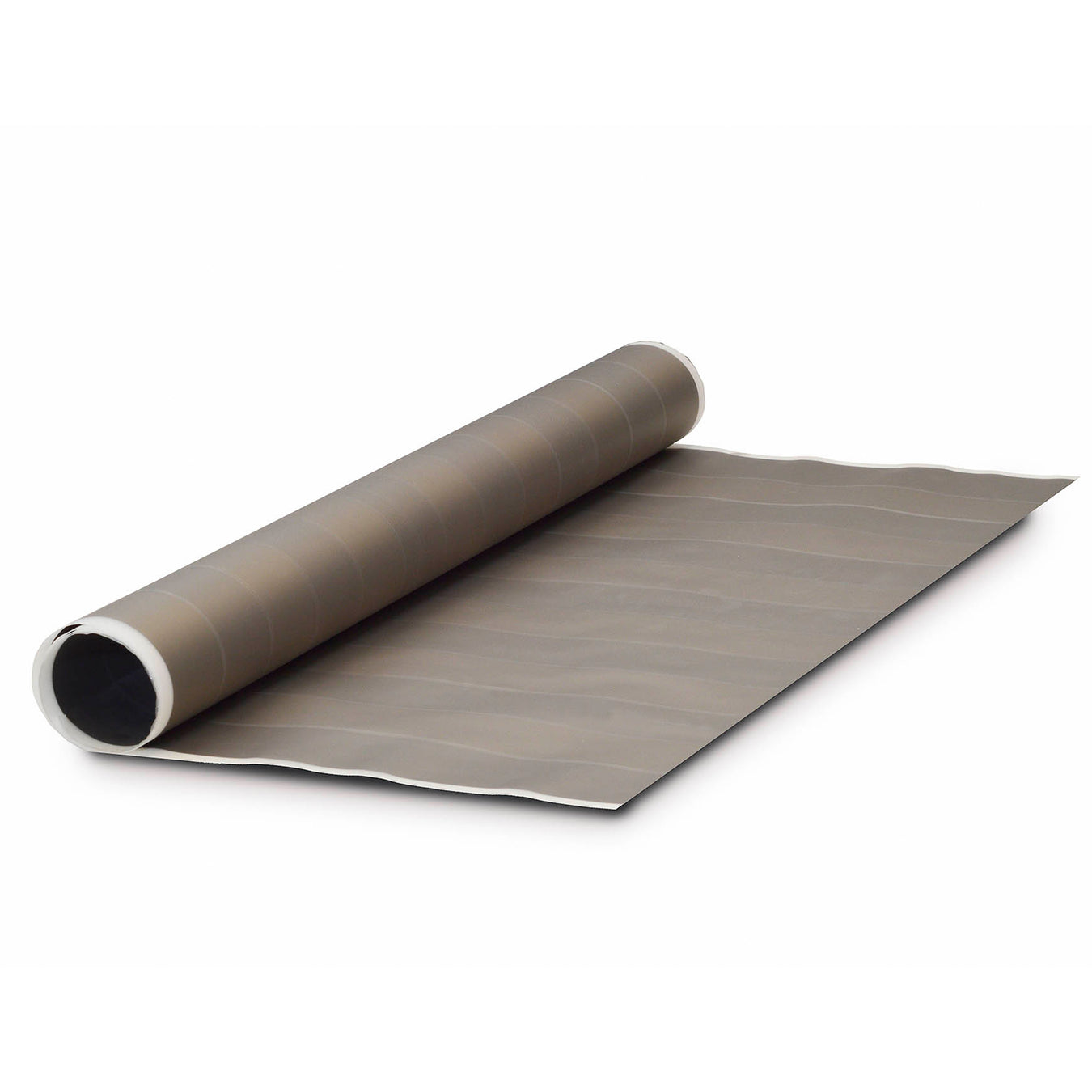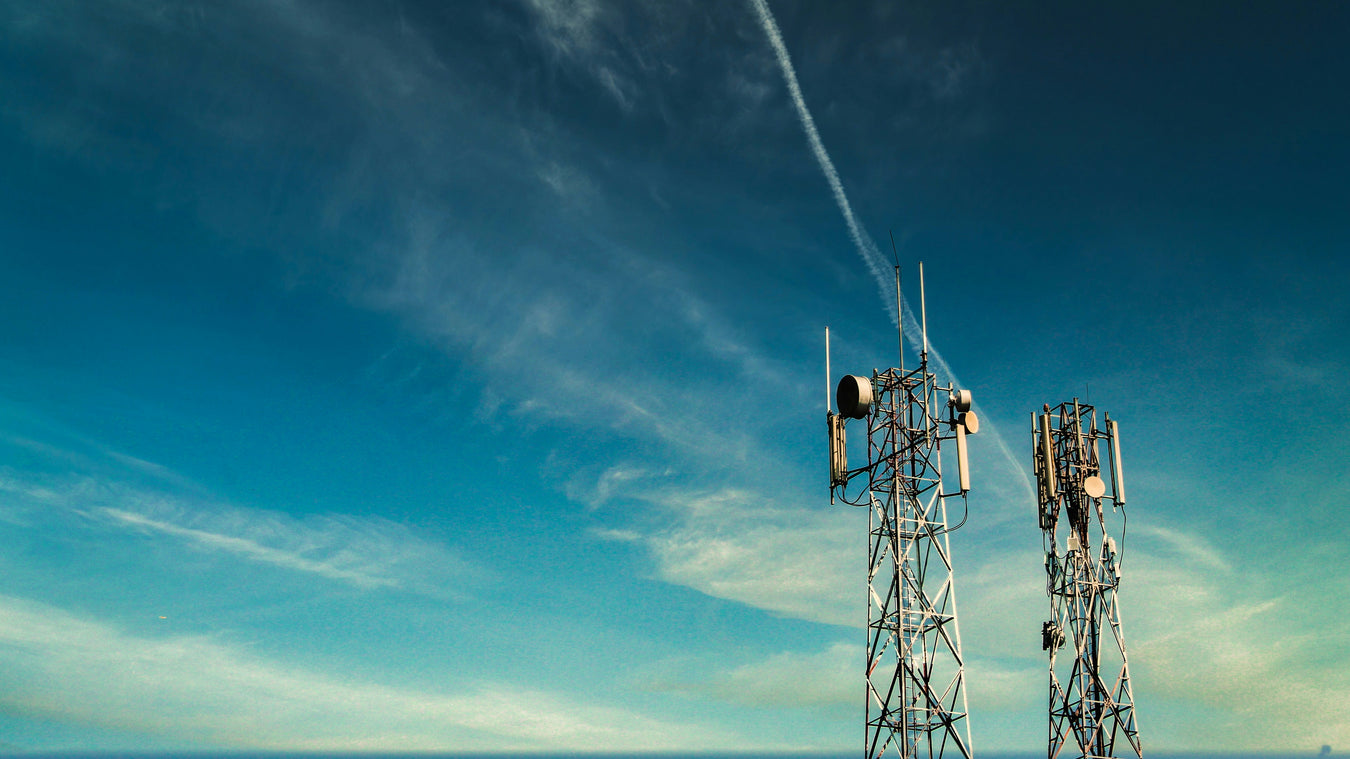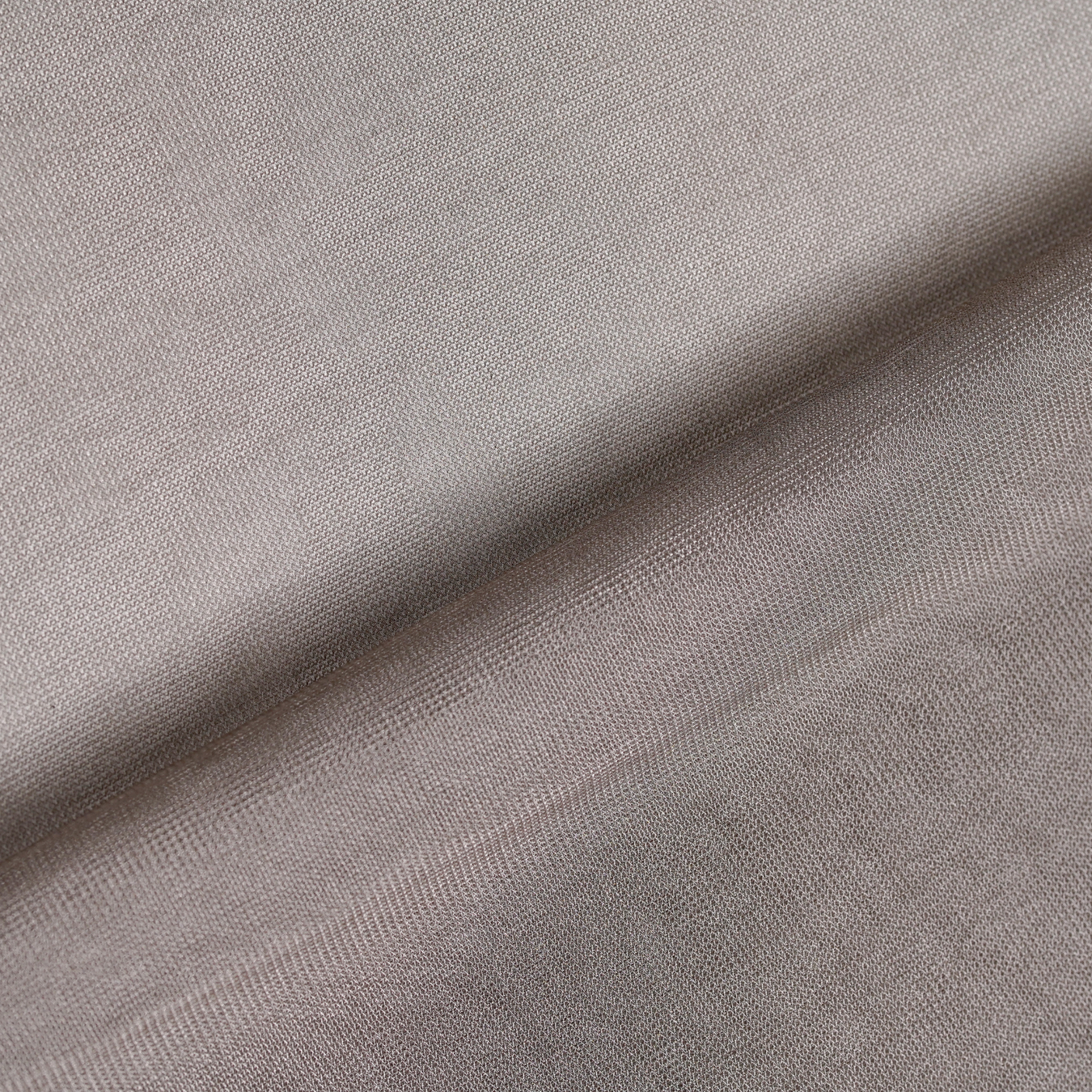FL90 EMF Shielding Fleece
FL90 is a thermally bonded, fine, metallized polyester fleece for the protection against high-frequency radiation (HF) and low-frequency alternating electric fields (LF).
This professional product is typically used for ministries of defense, banking houses, laboratories, etc. Now available for private use! Typical application interior preferable loosely laid or for stapling in drywall constructions , etc.
*Note: To purchase a custom length of fabric, place an order for multiple quantities of the 1ft option. The amount ordered will be cut as a single piece unless specified otherwise.
What our customers say
Free returns on all eligible orders
You have 30 days to request a return. All custom and sale items are final sale. Most fabric & textile items are final sale. See return policy for more information.
Shipping Information
We offer free Standard and Expedited shipping on most orders over $50 USD (applies to Canada and USA only, exclusions may apply).
The EMR Guarantee
We stand behind every product we sell. If you have any issues with your order, our team will work with you to make it right. Whether you have product questions, need help with an order, or want guidance on choosing the right solution, you can count on us. Contact us anytime at info@emrss.com or +1 855 425 1657.
Technical data
- Width: 3.45 ft
- Attenuation: 100 dB
- Weight: 70 g/m².
- Material thickness: 0.16 mm
- Color: Gray / Brown.
- Tensile strength: 50 lbf
- Materials: Polyester, copper, nickel
- Surface conductivity: 0.01 ohm (square resistance)
Processing
In case of processing as an intermediate wallpaper, for glueing we recommend a commercially available dispersion glue. The wall and the backside of the material are coated with a paint roller. Insert the material wet on wet, fix it manually (with disposable gloves) and use a gummed roller to get a crease-free surface. Work quickly and strip by strip only, so that the dispersion glue does not dry. A crease-free bonding is only possible on perfectly plane surfaces. Further the material can be laid loosely, e.g. under floor coverings or can be stapled, e.g. in drywall constructions. Always overlap the single strips, so that they connect electrically for grounding.
